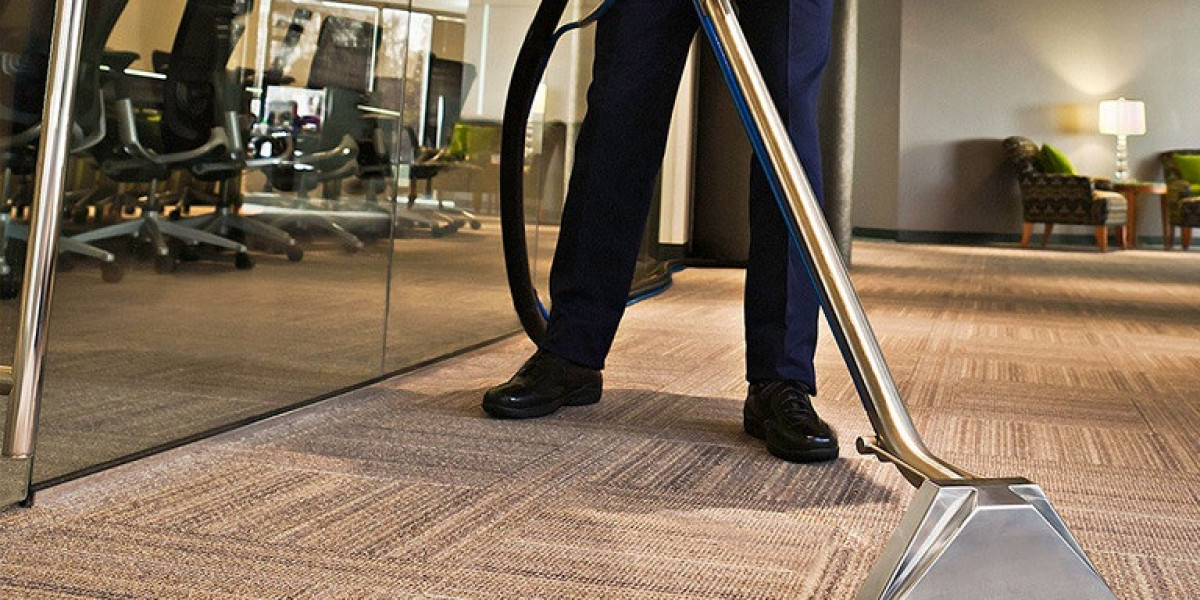Maintaining a controlled indoor climate—especially in large, open, or temporary spaces—can be a significant challenge. Whether it’s a sports arena, inflatable dome, warehouse, or event tent, traditional air conditioning often fails to deliver efficient and cost-effective results. That’s where Air Dome Air Conditioner step in.
This article explores how air dome AC units are transforming cooling efficiency for large-scale spaces, why they're becoming a preferred solution in specialized environments, and what you need to know before choosing one.
✅ What Is an Air Dome Air Conditioner?
An air dome air conditioner is a high-capacity HVAC system engineered to cool or heat large inflatable structures or modular domes. These units are commonly used in:
Indoor sports facilities (tennis courts, football fields)
Exhibition tents and temporary event venues
Agricultural and horticultural greenhouses
Military or disaster-relief shelters
Warehouses and industrial setups
Unlike traditional wall-mounted or central AC units, air dome conditioners are mobile, weather-resistant, and engineered for rapid deployment in temporary or semi-permanent settings.
? Key Features of Air Dome Air Conditioners
| Feature | Description |
|---|---|
| High Air Volume Output | Capable of pushing large volumes of treated air to ensure even climate control inside domes. |
| Flexible Ducting | Designed for easy integration into dome walls or floors without modifying the structure. |
| Temperature Precision | Maintains ideal temperature across the dome, whether for comfort or equipment stability. |
| Dehumidification Control | Vital for preventing moisture buildup, especially in fabric or plastic dome structures. |
| All-Weather Functionality | Built to operate in outdoor environments, from humid summers to freezing winters. |
? Why Choose an Air Dome Air Conditioner?
1. Portability Without Compromise
These units are engineered to be relocated as needed, with plug-and-play functionality. Ideal for temporary installations or mobile facilities.
2. Low Operating Cost Per Square Foot
By efficiently handling large air volumes with optimized power consumption, air dome ACs deliver lower long-term operating costs compared to fixed systems.
3. Rapid Installation and Integration
Time is critical in events or emergency deployments. These units are quick to install, often within a few hours, minimizing downtime.
4. Energy Efficiency and Green Tech
Many modern air dome air conditioners come with variable-speed compressors, smart thermostats, and low-GWP refrigerants, supporting sustainability.
?️ Applications of Air Dome Air Conditioners
| Industry | Use Case |
|---|---|
| Sports Facilities | Cooling tennis courts, basketball domes, or football bubbles |
| Event Management | Climate control for temporary exhibition tents or corporate events |
| Agriculture | Regulating temperature and humidity in greenhouse domes |
| Military/NGO | Emergency shelters in remote or disaster-struck regions |
| Warehousing | Cooling storage areas in inflatable or modular warehousing units |
? Technical Considerations Before Purchase
Before investing in an air dome air conditioner, it's essential to evaluate a few technical factors:
Airflow Requirement (CFM): Ensure the unit’s airflow rating matches the dome’s size and ventilation design.
Cooling Capacity (BTUs or kW): For large domes, high-capacity units (50,000–200,000 BTU+) are typically required.
Power Supply Compatibility: These units often require three-phase electricity or generator setups.
Noise Levels: Choose models with low decibel ratings if the space will be used for events or performances.
Smart Controls: Remote monitoring and programmable settings can improve operational efficiency and user convenience.
? Comparative Snapshot: Air Dome AC vs Traditional AC
| Feature | Air Dome Air Conditioner | Traditional AC |
|---|---|---|
| Mobility | High | Low |
| Installation Time | Fast (few hours) | Medium–High |
| Designed for Temporary Use | Yes | No |
| Energy Efficiency | High (in large spaces) | Medium |
| Cost Efficiency per Sq.Ft | Favorable | Less efficient |
| Space Coverage | Large volumes (domes) | Limited |
❓ FAQs: Air Dome Air Conditioner
Q1: Can I use a standard air conditioner in an inflatable dome?
No. Standard ACs are not designed to handle the air volume, insulation variability, or deployment logistics of dome structures. You need systems built specifically for dynamic pressure and airflow.
Q2: How do these units attach to the dome?
Air dome air conditioners typically connect through flexible duct systems via built-in access panels or entry ports, ensuring even airflow without structural modification.
Q3: Are these AC units safe for 24/7 operation?
Yes, most commercial-grade air dome conditioners are built for continuous operation with fail-safes, overheat protection, and automated shutdown features.
Q4: Do these ACs include heating functionality?
Many models are dual-purpose—they offer both cooling and heating to handle year-round applications.
Q5: How is humidity controlled in a dome?
High-end models include dehumidification systems to prevent condensation, which can damage equipment or lead to mold growth inside the dome.
Q6: What maintenance is required?
Routine checks for filters, refrigerant levels, duct cleanliness, and thermostat calibration are standard. Maintenance is relatively simple due to accessible exterior components.
? Choosing the Right Model
When selecting an air dome air conditioner, ask these critical questions:
What is the total volume (not just square footage) of the dome?
Is the dome for short-term events or semi-permanent installations?
Are you operating in extreme climates—hot, cold, or humid?
Do you need quiet operation for performances or guest comfort?
Will the unit be used indoors, outdoors, or in remote environments with generator power?
? Market Trends & Innovations
IoT Integration: Remote climate monitoring via mobile apps and cloud platforms.
Eco-Friendly Refrigerants: Many manufacturers are moving toward R-32 and R-290 refrigerants with lower environmental impact.
Solar-Assist Technology: Hybrid solar-electric units are emerging in off-grid use cases.
Modular AC Units: Some models allow parallel connection for large-scale domes requiring more than one unit.
If you're operating or planning to deploy an inflatable dome or modular temporary space, air dome air













